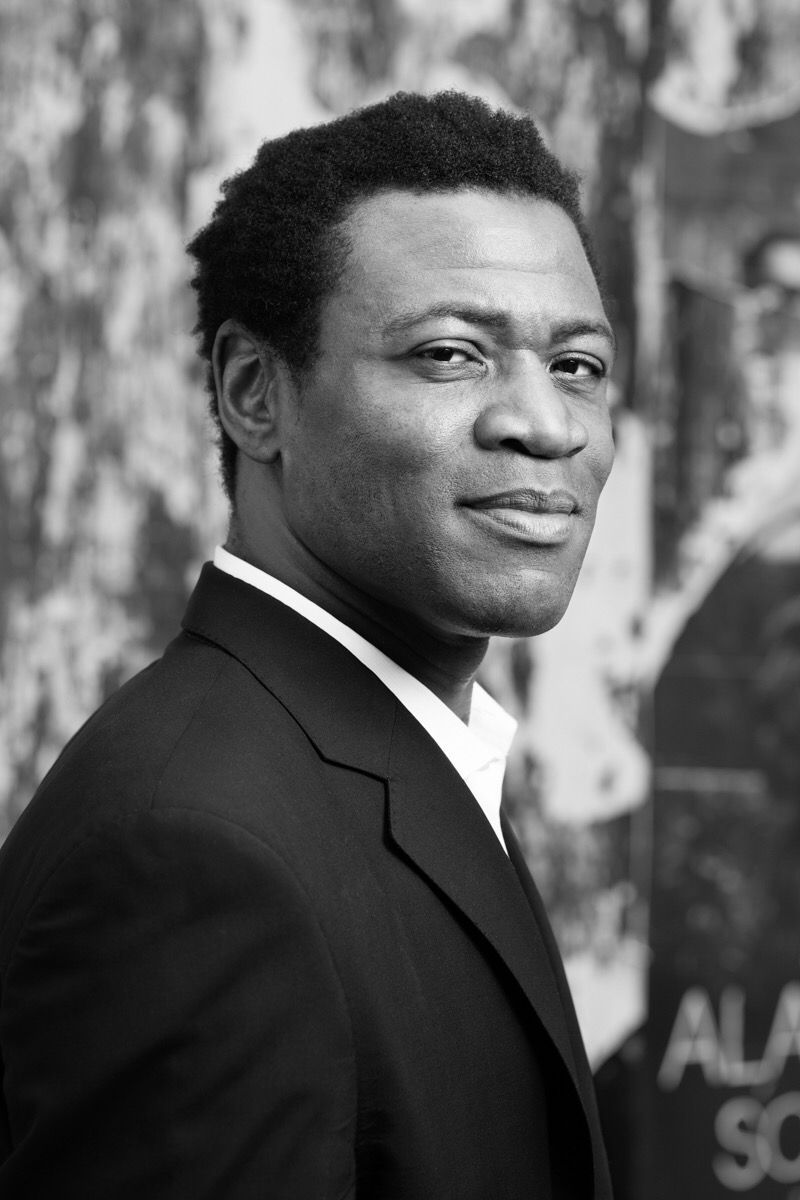

A prominent one is what Catholic historian Eamon Duffy famously called “the stripping of the altars”–the destruction of a medieval Christianity heavily influenced by what we would now call “superstition” surrounding (on the positive side) relics and miracles, and (on the negative side) bad omens and the nefarious workings of demons. The “disappearance” of the enchanted world is chalked up to various things–pre-Reformation shifts in medieval philosophy, the denial of transubstantiation, the gutting of the liturgical calendar. The enchanted world in this sense is the world of spirits, demons, and moral forces which our ancestors lived in… The process of disenchantment is the disappearance of this world, and the substitution of what we live today: a world in which the only locus of thoughts, feelings, spiritual élan is what we call minds the only minds in the cosmos are those of humans (grosso modo, with apologies to possible Martians or extra-terrestrials) and minds are bounded, so that these thoughts, feelings, etc. Charles Taylor famously advocates this narrative, summarizing it thus: For our medieval forebears, the created world was positively fizzing with the presence of the divine–whether of God or the devil. One of the big criticisms of the Reformation is that it unintentionally led to the “disenchantment” of the natural world in modernity.

Editor’s note: This post first appeared in Ad Fontes, a publication of the Davenant Institute.


 0 kommentar(er)
0 kommentar(er)
